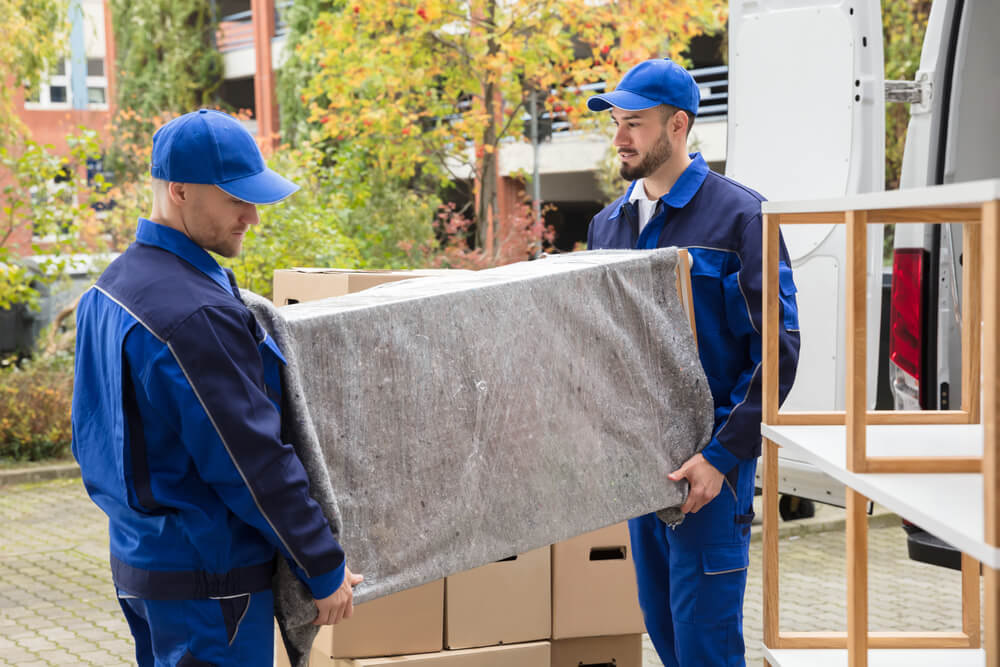A Couple Of Easy Tips For All Gardeners
Any gardener understands that there are lots of things you have to think of before you dig your very first hole. By gaining from experts, you can feel more confident that your efforts will be rewarded by lovely flowers or scrumptious crops. Consider the ideas here before you do anything else in your garden.
When you buy young bare-root trees, keep the root ball moist until your are all set to plant. You should plant the tree as soon as you bring it home.
Conserve cash by drying the seeds from your annuals to plant next year. Petunias, impatiens and zinnias are simply a few of the flowers from which it is easy to extract and conserve seeds. Store them in a cool, dry place until you’re prepared to plant them next year.
To dissuade garden insects of the rodent variety from consuming your stunning perennial flowers and delicious vegetables, brush your dog or feline and put bits of the collected hair near the base of the plants being bothered. Garden rodents such as moles, gophers, bunnies and chipmunks can smell a predator and while your little Yorkie may not look like much of a threat, it only takes his scent to ward off the garden troublemakers. For nuisance moles, squirrels, skunks or other wildlife, best to call a wildlife trapper:
If your green thumb begins to wilt throughout those long cold weather when your garden is buried beneath a foot of snow, learn how to grow microgreens to offer yourself with fresh, healthy salads, sandwich toppings and garnishes all year round. Microgreens need extremely little sunlight and are easy to grow inside. Some common microgreens consist of kale, dill, chard, basil, and spinach.
For a healthy, weed-free lawn, cut your grass at the growth recommended for the mix of grass you’re growing. Cutting your turf too brief will not mean you have to mow less often. Instead, it permits weeds to take hold, and causes water to vaporize. Longer yard can better secure itself against weeds, drought, and bugs.
Get rid of old yearly plants and cut perennials to the ground if they normally die back in the winter. Any plant material that isn’t diseased can be put in the garden compost pile.
So, these tips have most likely assisted you in the right instructions towards beginning your garden. Take them to heart and do not be afraid to dig even deeper, so to speak, into the details out there about gardening. Quickly, you will have the ability to exercise your green thumb and grow lovely plants.




